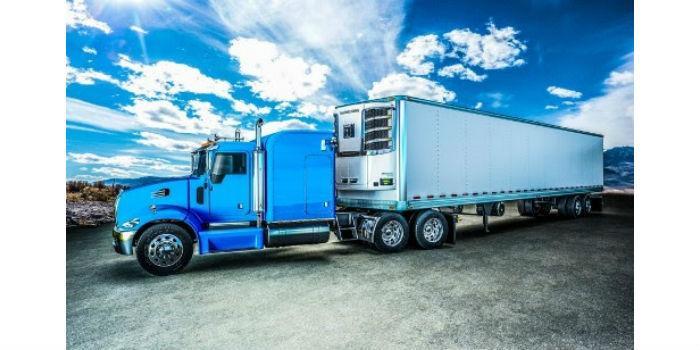 Latin America. Each harvest season, each worker raises about 15 tons of strawberry production, of which almost half is exported to the United States, while the rest is destined for domestic consumption; however, from transportation to arrival at the point of sale, a quarter of that production has to be discarded due to its poor quality to be consumed.
Latin America. Each harvest season, each worker raises about 15 tons of strawberry production, of which almost half is exported to the United States, while the rest is destined for domestic consumption; however, from transportation to arrival at the point of sale, a quarter of that production has to be discarded due to its poor quality to be consumed.
It is no secret that population growth also implies a greater demand for food, so the food sector is generating strategies to meet it. Data from the Ministry of Agriculture, Livestock, Rural Development, Fisheries and Food (SAGARPA), indicate that food production in recent years, went from 162 million tons to 282 million tons, which represents a growth of 74%.
At the same time that the sector is producing more food, they also have to find a way to get it to the consumer's table in a timely manner. Hundreds of producers across Mexico today have to move their goods to other places beyond the production region, even crossing national borders; which has extended its business by entering new markets.
To take advantage of this business opportunity, the sector has had to face the challenge of transporting food from one place to another, regardless of distances, and also, getting the products to arrive in good condition to be consumed.
The Challenge: Food Loss and Waste
Although the consumer rarely finds any food in poor condition at the time of purchase, producers, distributors and sellers well know that much of the amount that left the distribution center was wasted during the cold chain. To give us an idea of how this problem is; Consider the World Bank's "Food Losses and Waste in Mexico" report, which notes that 20.4 million tons of food – including fruits, vegetables and meat – are wasted annually.
According to this report, about 72% of food loss and waste occurs in the first links of the production chain, from pre-harvest to distribution. Among the main generators of this waste are carriers; the reason, in this case, is the lack of infrastructure in refrigerated transport that helps prolong the life of food.
This situation, in addition to impacting the income of producers, also affects the sustainability of food systems, reduces their local and global availability, and of course, increases prices for consumers.
One more challenge: regulations
As if the challenges of the sector at the national level were not enough, those who have managed to reach other markets beyond Mexico, have to face additional challenges; since when exporting perishables, they have to comply with certain regulations that oblige them to transport these products, under certain temperature conditions.
This is the case for those who export to the U.S. market, where just last year, the U.S. Food and Drug Administration (FDA) published a rule on Foreign Supplier Verification Programs, this within the framework of the Food Safety Modernization Act (FSMA); in which the technical and logistical provisions that must be complied with by shippers, shippers and transporters to guarantee the safety of food are dictated, and among which the correct handling of the temperature of the cargo is included.
And this legislation is not at all flexible, because if the company does not comply with this requirement, the FDA has the authority to declare foods, plants and even regions on the red list; which would even cause the withdrawal of the product or the company from the market.
Refrigerated transport, key to keeping cargo fresh
Faced with the scenario facing the food sector during the cold chain, refrigerated transport has become a key factor in helping to curb food waste and loss. According to Thermo King, just as parked and empty trailers cost money, improper refrigeration or placement of food during transportation results in costly spoilage, cargo waste, and customer discontent.
That is why you must have refrigerated fleets equipped with temperature management systems, which allow adequate temperature control, and thus maintain the quality of food and prolong its conservation.
An additional element that is improving transport management is telematics technology, which allows real-time temperature monitoring, helping to track.
Thermo King points out a few reasons why having these solutions is critical to any business that mobilizes perishable foods:
Quality and conservation of products: Stable temperatures help minimize metabolic and microbial deterioration of food, which allows maintaining its quality and prolonging its conservation.
- Total load protection: Controlled temperatures prevent a total loss of charge. If the temperature of the cargo falls outside the range of acceptable temperatures for a long period of time, you run the risk of the entire load deteriorating and the customer refusing delivery.
- Compliance with food safety laws: Currently, government regulations on food safety require documentation that food temperature has been maintained within a certain range to prevent spoilage.
- Customer Demand: Many of today's customers require reports demonstrating that proper control of the cargo temperature was maintained during transportation.
- Reducing the environmental impact of operations: One of the fastest and most effective ways to mitigate the company's environmental footprint is to reduce the amount of fuel consumed by temperature control units for transportation.
- While it is true that the food distribution industry is facing great challenges, it also has the solutions to assume them, and even take advantage of them to achieve greater business opportunities.
As you can see, there are very good reasons to invest in temperature control systems for food transport; the important thing is to approach experts such as Thermo King, which has temperature control systems for transportation, including trucks, trailer boxes, buses, containers for ships and trains; who will help you select the service program that best suits the needs of your company.
* By José Carlos Gómez, Sales Manager of Thermo King Mexico.











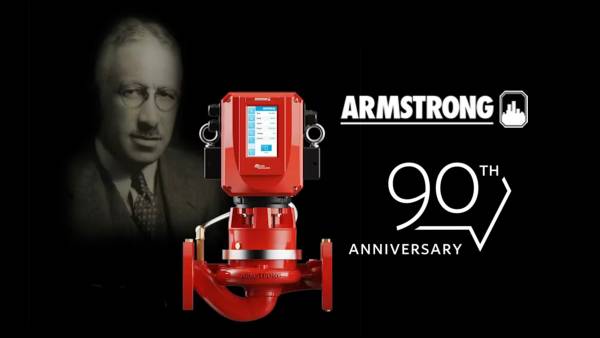
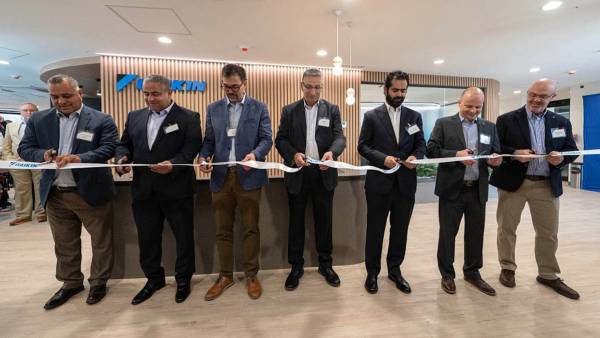
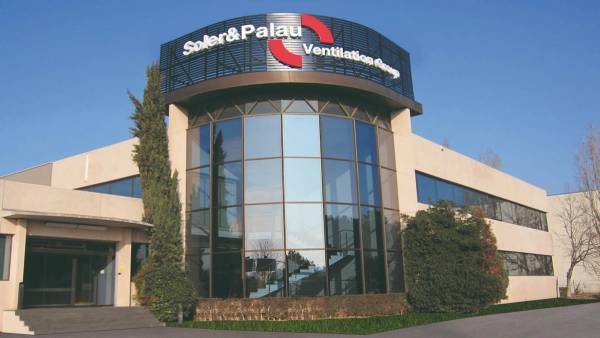

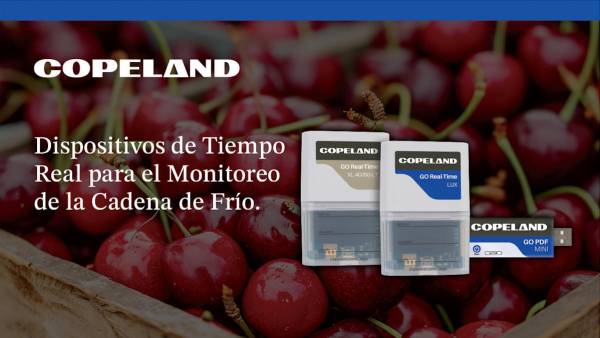
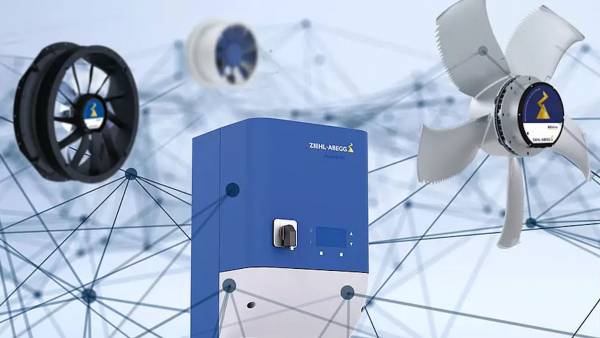
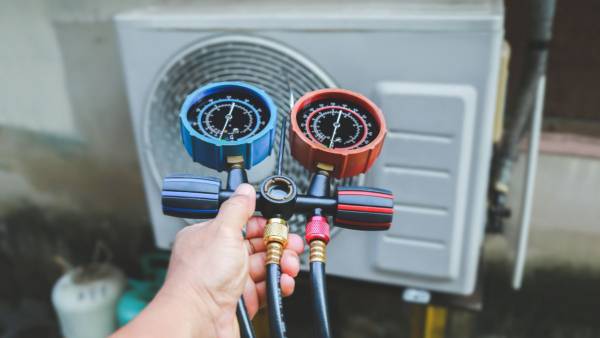







Leave your comment